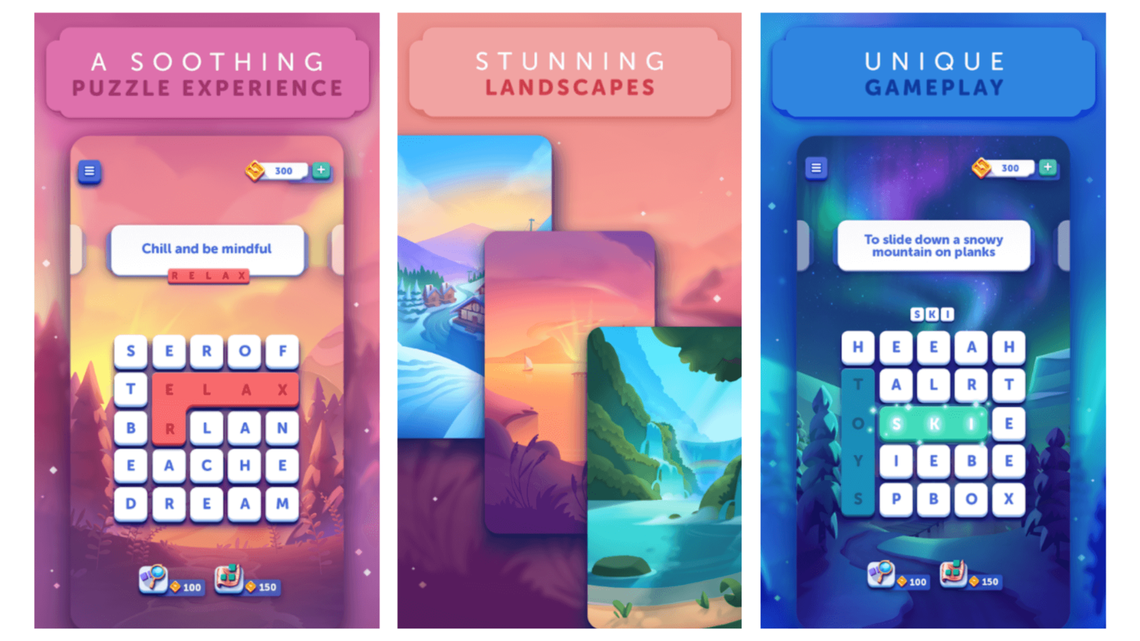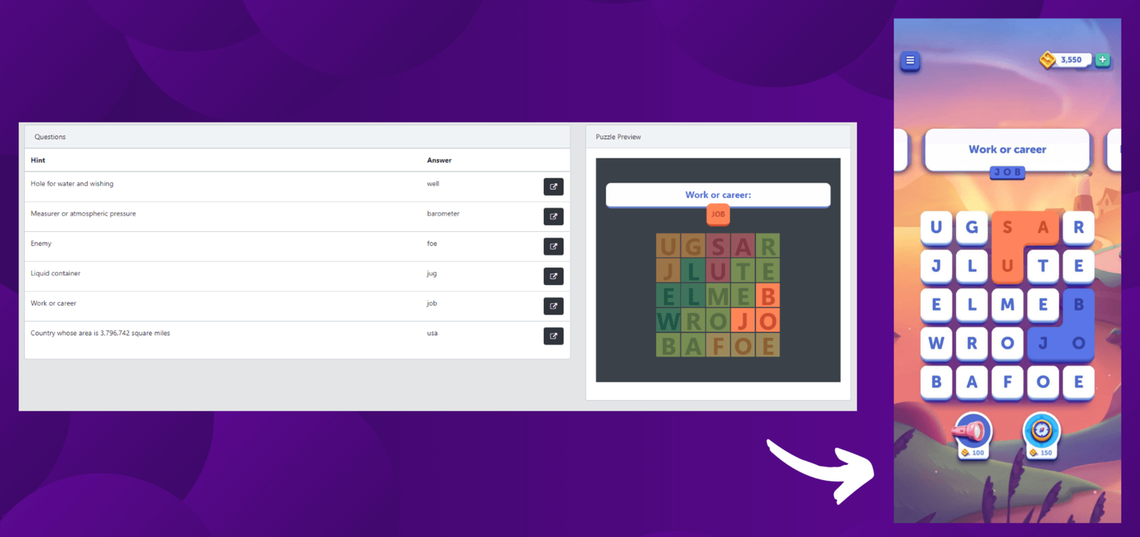At Fanatee, we create games that millions of people play every day. But what many people that come across our games for the first time don’t know is that there are tens of people working in the background to offer a state-of-the-art game experience within each of our apps.
This requires a certain level of collaboration between people from different teams, that come together to shape and produce a high-quality game; from game design, to engineering, content creation and art.
However, content is the heart and soul of our games. Every day, our Content team is producing thousands of questions, creating the backbone of the gaming experience for millions of people around the world.
The sheer volume and the complexity of content production pose unique challenges that we are trying to solve using technology and data intelligence. Launching our newest game, Word Lanes was the great opportunity to redefine the process of content creation and use technology to help solve the team’s challenges through a new content management system.
Word Lanes

Before anything, answer the “Why”
One of the key components in the creation of this internal system was giving the people that work in the background the same pleasant experience our players have when playing the game.
This was achieved through a deep dive into their day-to-day process of content creation, understanding their challenges and pet peeves, before even writing the first line of code.
Before coming up with a solution to solve a problem, in other words before starting to code, we as developers need to take the time to understand the purpose of the project and who is destined to serve. Understand why for example there is a need for a new internal content management system, why the current system is not working, how the content team works, how do they interact with each other and with other teams, and how eventually the player is experiencing the content within the game.
A developer needs to have the vision of the end-user so that ultimately they are able to create a solution that not only is the answer to a problem but also offers a pleasant user experience. As developers, it is important to be conscious of the fact that our work can have a huge impact on the day-to-day of many people.
End-to-end understanding
The other important component was to give the content team a glimpse of the end result of their work, in real-time. This was achieved through integrating an aesthetically simpler view of the final word grid that the players would see. In this way, we tried to highlight for the team how the gaming experience can be shaped through their work, bringing the reflection of the players’ experience in this internal tool.
The content team’s feedback was crucial to keep optimizing the feature, and making sure that the end result fits their needs and makes performing their task frictionless.
The first results after launch revealed that being able to finetune the content at this stage with this simple visualization, helped release higher quality grids with a nicely balanced content mixed and a reduced chance of containing mistakes.
Backstage vs. the game

As a developer under the Agile methodology, you need to deliver code to resolve a problem that exists right now. So in this sense, you are constantly working with immediate feedback on a constant cycle of tackling a problem with a solution.
At the same time, as developers, we always have to balance time and speed of delivery, with the quality of code. At Fanatee, the value of good code is recognized making quality the priority. It is in the DNA of the tech team to implement best practices to solve problems and simply put, do it right from the get-go even if it takes longer. After all, it is important to think about our peers and deliver a good, clean code.
Feel like programing with us? Check our engineering careers page and join the Fanateam!




